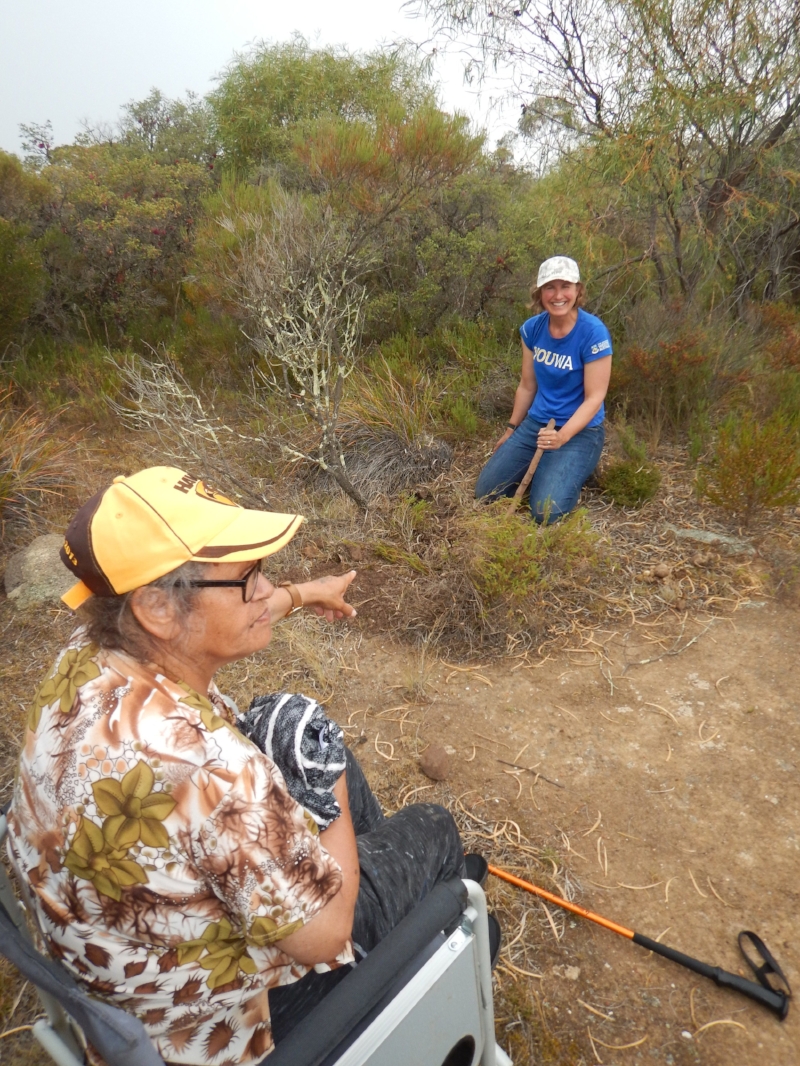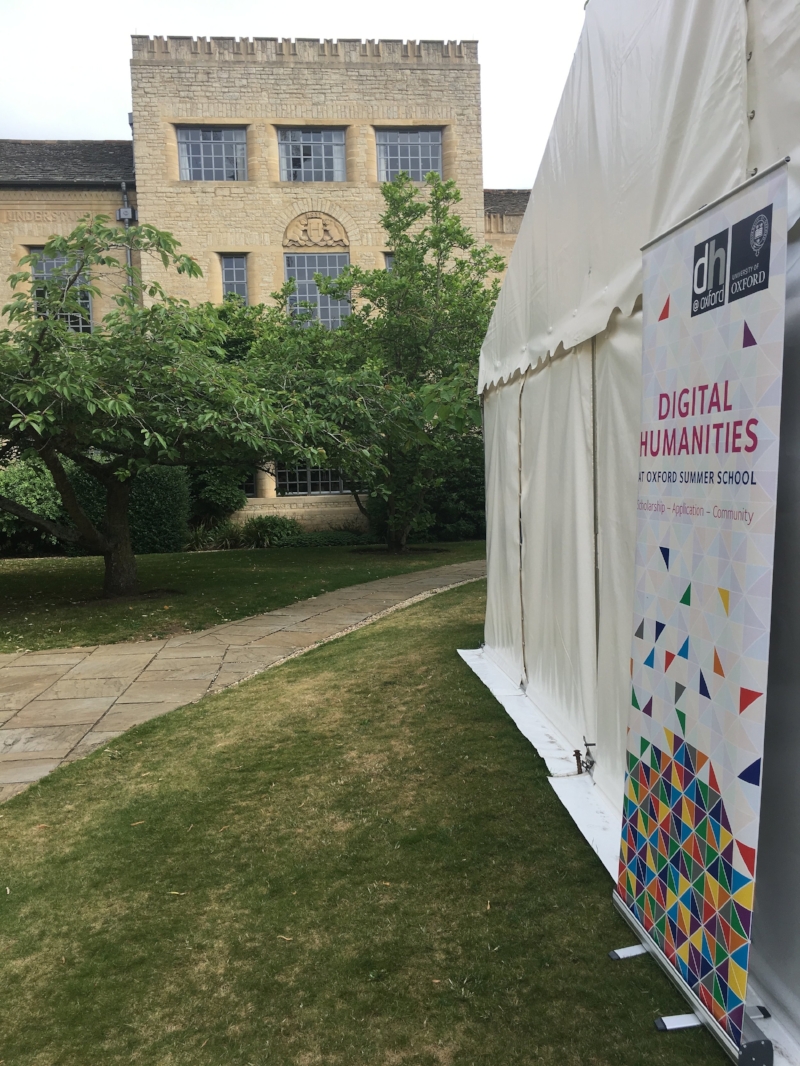Today while investigating some possible alternative sources of Western Australian photographs I stumbled across this photograph on Europeana.
Världskulturmuseet item 014363 ' Samlingar i något museum eller dylikt. Bild från slutet av 1800-talet eller möjligen början av 1900-talet. I givarens ägo sedan 1902.'- http://collections.smvk.se/carlotta-vkm/web/object/1893087.
The room and the artefact layout looked very familiar... so I compared it to the photographs held by the State Library of WA of the old Museum and Art Gallery's exhibition spaces:
SLWA 8292B/A/2615-1-8 'Museum and Art Gallery of Western Australia galleries, 1929, Illustrations Ltd Collection: http://purl.slwa.wa.gov.au/slwa_b3473418_7. The photograph has been edited to mask objects that we have been informed are secret/sacred.
Bingo! It is the interior of the exhibition space formerly set up in the courtroom of the Old Gaol as part of our early Museum and Art Gallery, not a photograph of a Brisbane Museum as stated on the Världskulturmuseet website.
You can compare the shape of the room visible in the top left of the photograph from the Världskulturmuseet in Sweden, as well as what appears to be an engaged pillar along the wall in exactly the same place. The register running along the middle of the wall and the museum cases are also the same. The concentration of artefacts is the biggest difference, but if we take time into account, almost three decades between the Världskulturmuseet photograph and that in the State Library taken by Illustration Ltd in 1929, the increase is understandable. A closer comparison can be found with a photograph held by the WA Museum (published in Healy, From the Ruins of Colonialism: History as Social Memory, Cambridge University Press, p. 94).
What is a photograph of Western Australia's Museum exhibition spaces in c.1902 doing in a collection in Sweden? Well, Bernard Woodward the curator of the museum was a promoter of Western Australian collections, and photographs were a medium of exchange used in correspondence within the scientific community. In my research I have come across two examples of photograph exchange with Sweden: 1) Pehr Olsson-Seffer of Stanford University c.1903/4 told Woodward that he has notified the Royal Academy of Sciences in Stockholm of Woodward's promise to send them an exchange collection (WA Museum 'Display - Request for photographs', Record no: 353, 1901-1930); and 2) Woodward in correspondence with Dr. E. Mjöberg on 27 October 1911, sent a photograph of a Diprotodon Australia, after Mjöberg had visited Australia on an expedition (WA Museum 'Display - Request for photographs', Record no: 353, 1901-1930). One of these exchanges, or perhaps another, may have contained a photograph of the early Perth Museum collections, and over time this photograph has found its way into the Världskulturmuseet in Sweden.
When accessing the item on the Världskulturmuseet website, a catalogue card is also available. This states that the item is a gift of Consul Runar Olsson-Seffer in 1958, the brother of Woodward's correspondent at Stanford University.
I would like to finish by briefly reflecting on the caption given to the photograph:
"Samlingar i något museum eller dylikt. Bild från slutet av 1800-talet eller möjligen början av 1900-talet."
"Collections of any museum or similar. Picture from the end of the 19th Century or possible the beginning of the 20th Century"
The caption reflects the very recognisable way in which museum objects, anthropological objects in this instance, were displayed at the turn of the twentieth century. Items were arranged by types: as you can see in the photograph items are grouped by their size and shape. It reflects the culture of systematic collecting at this time, where representations of all types were procured and analysed in relation to one another so that they could be classified and ordered based on their physical characteristics. Their display in museums reflected this en masse approach to classification and understanding: items were arranged so that the viewer could learn through observation the typological differences as set out by the curator; what a review of the opening of the museum refers to as 'due attention paid to order and method'. You can compare today with the Pitt Rivers Museum, Oxford, that has maintained this arrangement style in the exhibition of its multitudinous anthropological collections.
You may also notice how tightly the artefacts are arranged - very little space is given between groups of items, and overlapping is common. Art Galleries also had this approach to display where almost every possible display surface was filled. This was partly a design choice, but also as institutions at this time did not have much storage space, so the majority of collections crowded into exhibition spaces as best they could. This exhibition style gradually went out of fashion over the course of the twentieth century when new museums both acquired adequate storage spaces and adapted to new design standards that were not so cluttered and overwhelming. You can already see the differences employed in exhibition between the first image c. 1900 and the second taken in 1929.
Addendum: The photograph reproduced on Europeana was taken by WA Museum Collector John T. Tunney (reproduced in the Western Mail 7 June 1902, p. 40, http://nla.gov.au/nla.news-article33210557).






















